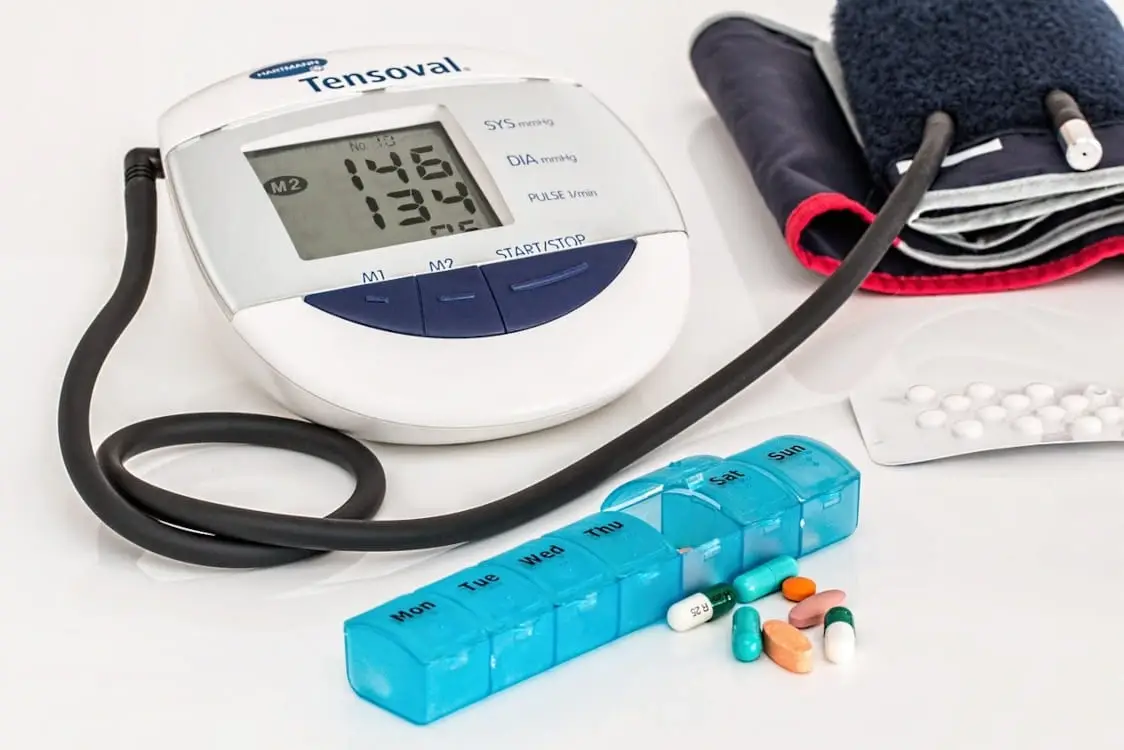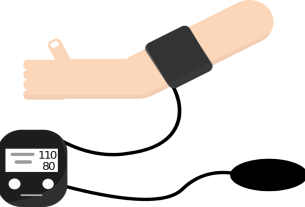High blood pressure is a disorder of circulatory regulation that causes blood pressure to rise within the arteries. This causes the artery walls and the heart to be subjected to an overload of pressure that can damage them. Increased blood pressure can cause the arteries to dilate and their walls to suffer atherosclerosis. The heart can also react with myocardial hypertrophy and, in the long run, may experience dilation and/or decreased function.
What is high blood pressure?
High blood pressure is arbitrarily defined as a blood pressure of 140/90 mm Hg (systolic/diastolic) or higher. Not all scientific authorities agree with these limits, as some have proposed lowering them to 130/80 mm Hg, while values of 150/90 mm Hg are even permitted in older people.
As a general rule, an adult’s blood pressure, at rest and in a state of physical and mental relaxation, should be less than 140/90 mm Hg. These values are used in daily clinical practice and are used as a reference by most physicians. However, blood pressure ranges have been given different names over time.
Blood pressure is considered “optimal” when it is less than 120/80 mm Hg, “normal” when it is 120-129/80-84 mm Hg, “high normal” when it is 130-139/85-89 mm Hg, and, as mentioned above, hypertension is diagnosed at 140/90 mm Hg or higher. This, in turn, is divided into three levels of severity: level 1 (140-159/90-99 mm Hg), level 2 (160-179/100-109 mm Hg), and level 3 (180/110 mm Hg or higher).
Blood pressure is a continuous variable that fluctuates rapidly and sometimes widely, so a single numerical value is not sufficient to diagnose hypertension. Many factors must be taken into account when assessing blood pressure. Nervousness and physical activity raise blood pressure physiologically (not pathologically), so it is important to take measurements while the patient is at rest and completely calm, waiting about 5 minutes before taking the measurement.
Measuring Blood Pressure
Blood pressure can be measured in doctor’s offices, at home by the patient, or by recording it 24 hours a day (ambulatory blood pressure monitoring). Since home and 24-hour blood pressure readings are usually lower than those seen in doctor’s offices, the threshold for considering hypertension in these cases is 135/85 mm Hg. To correctly evaluate the values obtained, it is necessary to take into account the logical variations depending on the individual’s condition at the time of measurement, which is why the average value of the measurements is generally considered.
Since hypertension can cause cardiovascular damage, it is essential to start treatment as soon as possible. The decision to prescribe medication depends on the degree of hypertension and the patient’s clinical condition. A series of dietary and hygienic measures are recommended for all individuals with hypertension, which can even normalize blood pressure.



